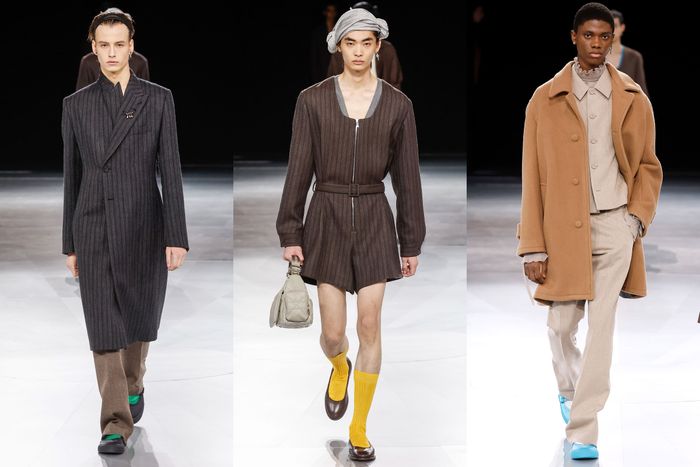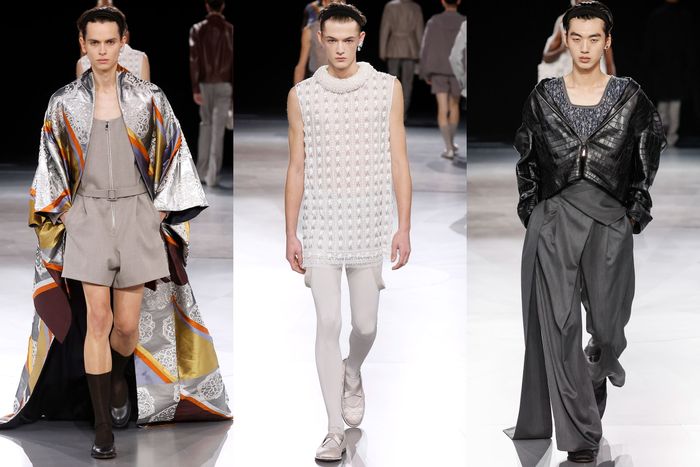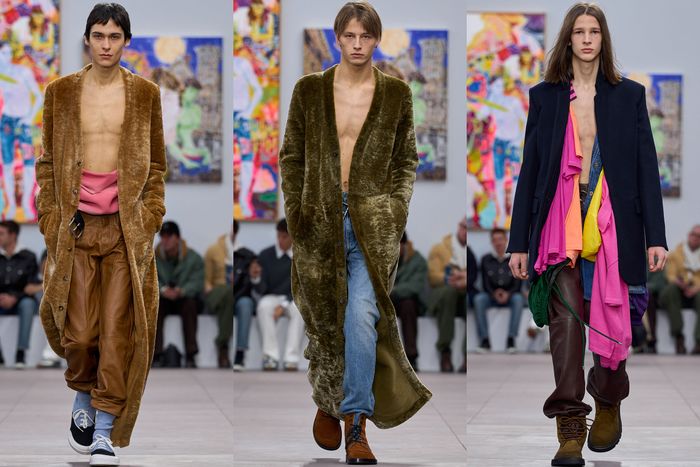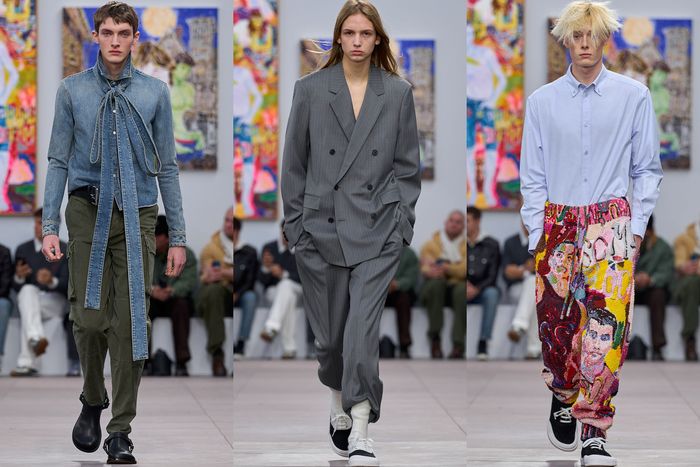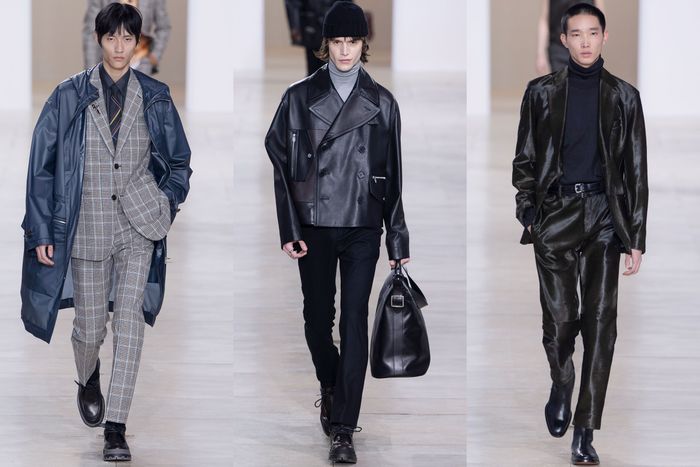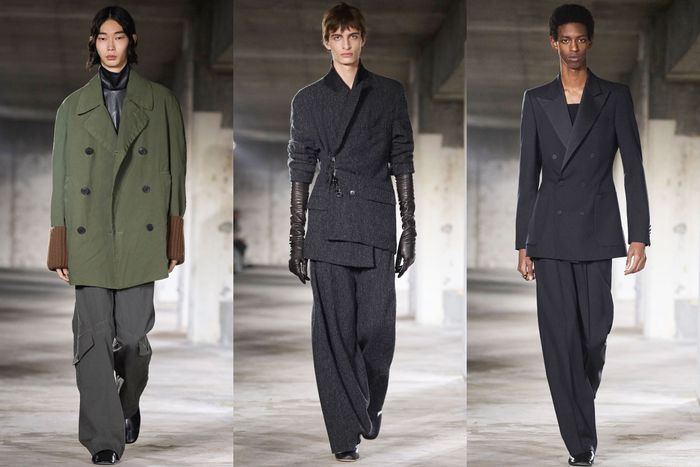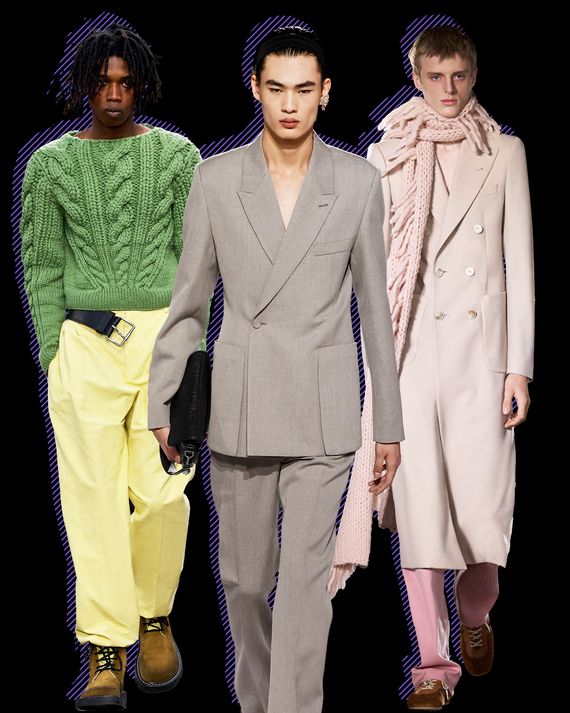
The first time I came to Paris, in October 1979, I was a grad student with two months off and a rail pass that, for $200, would take me around Europe, anywhere I wanted to go. For the six or seven nights I was in Paris, I stayed in a hotel that cost a total of maybe $80, and it was a nice place, too; nice enough for models hoping to get booked for the shows. They were going on at the time, though it would be another decade before I became a fashion writer and cared about those kinds of clothes.
Still, in 1979, the Paris streets — and later those of Barcelona, Rome, Munich, and London — provided an ample show. This was long before big brands and the virtual takeover by groups like LVMH and Kering, with their megastores vying for status as tourist landmarks and selfie backdrops. I knew enough about high fashion to know that Yves Saint Laurent was king, but I didn’t feel curious or envious, partly because there was so much style everywhere — on ordinary women, in small boutiques. And that was true of other cities, too. In Madrid, I bought the most amazing pair of wide-wale corduroy pants — dark brown, full-cut, tapering to the ankles. The look was certainly new at the time, and I doubt I spent more than $25, given that my entire cash holding for the trip was $1,800. I didn’t have a credit card.
Today, of course, even the croissant is a branding opportunity, with algorithms directing people to popular Paris bakeries, resulting in ubiquitous lines. I was thinking about all this in light of the two outstanding men’s shows, Dior and Loewe, that I caught before the start of the spring haute couture collections. In different ways, Kim Jones of Dior and Jonathan Anderson of Loewe considered the power of images and the realities of being authentic. It’s also true that we’re experiencing a hot blast of nostalgia. There are biopics in the works or already out about Christian Dior, Coco Chanel, and Cristobal Balenciaga, and there’s a show based on Truman Capote’s socialite-pal “swans.” I feel a cringe coming on, probably because those women were simply being themselves — and we live in the age of Kardashian, when beauty and personality have to be pushed and pushed. By definition, they’re fake.
The common thread between the Dior and Loewe shows was realism — and by that, I hardly mean orthodox. Jones used as his starting point a series of black-and-white photographs that his late uncle, Colin Jones, a photojournalist, and a former dancer, took in 1966 — the same year, incidentally, as Capote’s Black and White Ball — of the ballet legend Rudolf Nureyev. The idea, an assignment from Time Life, was to document a “day in the life” of the greatest male dancer of the era — popping around London in his little car, getting dressed, and shopping for magazines. In addition to being talented and handsome, Nureyev was known for his style, which would become more exotic with fame and age. In one of Jones’s pictures, he’s wearing a blazer over a tight jumpsuit that zips into the crotch, with a paisley shirt and a low-slung leather belt embellished with coins and a Baroque buckle.
You can’t completely recapture the feeling of a period, but you can avoid a self-conscious re-creation. In his collection, Kim Jones steered well clear of the nostalgia trap. I felt he took the essence of Nureyev’s taste — modish western tailoring and hipster leather mingled with eastern trappings, notably kimonos — and carefully folded it into his established Dior style. Aside from the rather clean-looking and relaxed tailoring in gorgeous shades of gray, camel, and taupe, the key new look was a pair of zip-front flared shorts with a fine-gauge V-neck sweater, also with a zip. Sometimes the outfit was a onesie — a more modern version of Nureyev’s jumpsuit. Throughout the collection, Jones referenced dance, notably with flats based on ballet slippers. The house of Dior also has a connection to ballet through its client Margot Fonteyn, a frequent partner of Nureyev’s.
The last 20 looks of the show were haute couture, a first for Jones at Dior. (He does couture at Fendi.) As he explained, “We always make things for men that are considered couture pieces, but they never get classified as such.” Typically, male clients have asked for made-to-measure wedding clothes. “I’m just looking at how the world’s going and seeing who’s buying what,” Jones said. In short, there’s a market, if tiny, for Dior Homme couture.
Again, one of the things that made this show so smart was that Jones didn’t use the occasion to create something retro or outrageous, as if contrived for the Met ball. Each look— a black beaded chiffon tee with draped charcoal trousers, a kimono-style coat based on a 2005 Dior design by John Galliano, a tulle-ribbon-embroidered tee, a gray pin-striped coat with a wide waist of crystal beading — conveyed what is possible in couture and at the same time what is realistic today. The circular set, by the director Baillie Walsh, nicely played up the connections Jones sought with history, his family, and dance. In the end, as the models formed two concentric circles, the platforms they stood on began to rotate with the center portion rising five or six in the air before returning to Earth.
At Loewe, being yourself was the driving point. And there were so many ways to be! There were the scowling dudes who opened the show in short leather coats, in forest green or deep red, with exaggerated string ties (or pussy bows?) at the neck, wearing sneakers and tube socks. Or the grunge lads in checked shirts and big, droopy leather pants. Or the guy wearing only a pair of jeans with a portion of a belt dangling provocatively near the fly.
Describing the vision as an “algorithm of masculinity,” Anderson said, “It’s 360 degrees — you can’t get away from media.” He said that as a throng of reporters encircled him, wiedling voice-recording phones. Inspired this season by the American painter Richard Hawkins in terms of content and color, Anderson said what probably everyone knows about the sheer glut of images:Iit levels things out. Turns individuals into a mass. And brands also function as kinds of information silos, giving you their point of view and often repeating the same styles based on what has already been sold.
But Anderson has managed to keep Loewe lively and wayward, especially in the past four or five years. “I wanted it to be fun,” he said. The method to his fun was in the slight madness of keeping everything off-kilter: the awkward-looking boy in the loose-fitting gray suit followed by a guy in a long, lean, lapel-free coat that looked like shaved shearling (or a well-worn bathrobe) and that was worn with leather track pants and sneakers. Then a nerdy guy in a vintage-looking striped crew-neck sweater with jersey track pants.
The collection was crammed with pieces, including hand-knits and denim shirts with a loopy western string tie. Playing a snippet from Elmer Bernstein’s score for The Magnificent Seven, starring Steve McQueen and Yul Brynner, made it all funnier. So Anderson had a visually relevant story and 100 practical entry points.
Overall, the fall men’s shows signaled a shift toward a narrow silhouette. Véronique Nichanian more than made the case with her terrific Hermès collection, particularly with cool leathers and a dandyish suit in a brown Prince of Wales check shot with bright blue. Dries Van Noten was also lean, mostly, and — surprise, surprise — so were Ashley and Mary-Kate Olsen at The Row. In addition to men’s, they previewed their women’s early fall line, which features trimmer silhouettes, higher heels, and some smart-looking evening clothes — glittery but as comfy as a T-shirt. Being yourself indeed, yet with a distinct, knowing edge.


